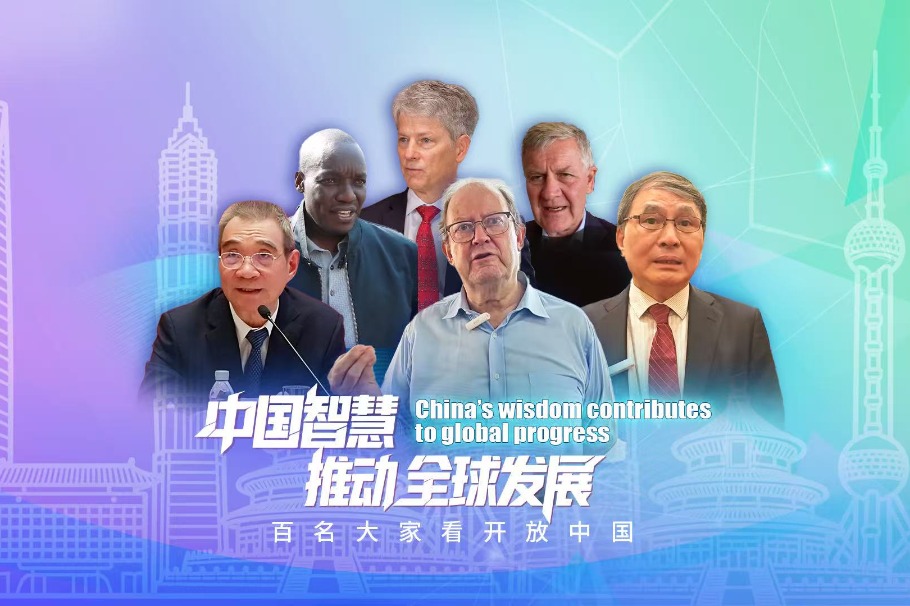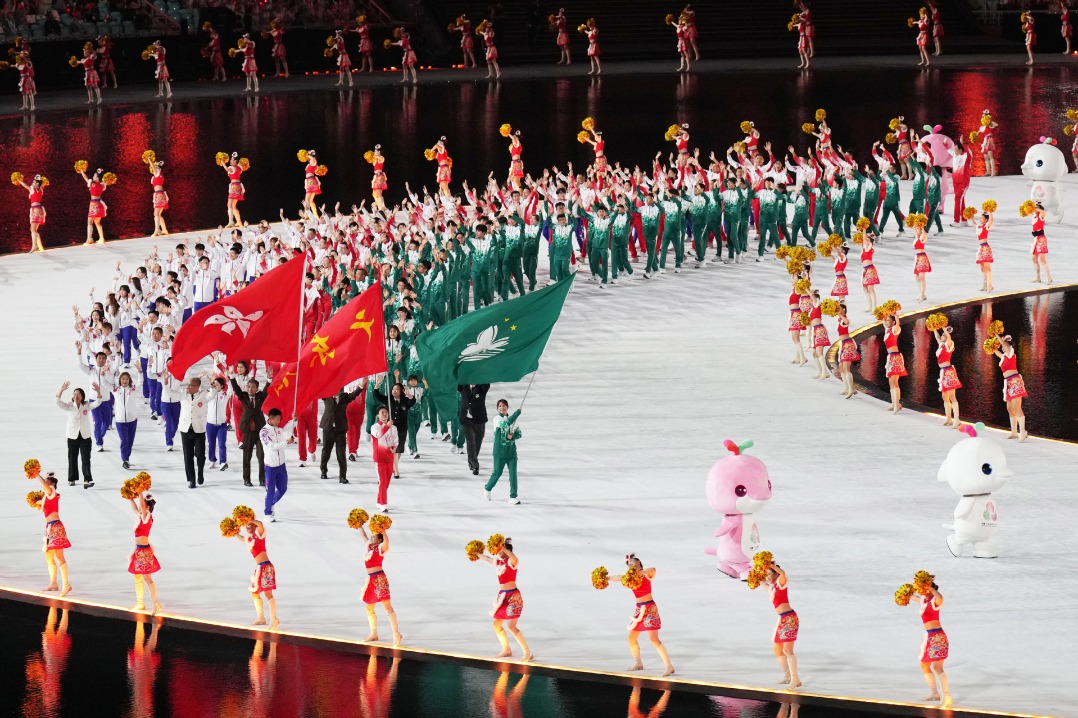Paintings explore odyssey of vision
By Fang Aiqing | CHINA DAILY | Updated: 2024-10-15 08:00

An encounter on the bank of the Seine changed his life.
From a bookseller Chang got to read French explorer and Sinologist Paul Pelliot's photo catalog, the six-volume Les Grottes de Touen-Houang (The Grottoes of Dunhuang). He then visited the Guimet Museum, or the National Museum of Asian Arts, to see the relics of Dunhuang taken by Pelliot.
Chang marveled at the beauty and profoundness of the caves, first built more than 1,600 years ago, while mourning the loss of or damage to the cultural relics.
He then made up his mind to go back to his home country and devote his life to the preservation of the grottoes and the promotion of Dunhuang studies.
Chang came back in 1936. Amid the War of Resistance Against Japanese Aggression (1931-45), he managed to arrive in Dunhuang after a month's arduous journey in 1943 and prepared for the establishment of what is known today as the Dunhuang Academy.
This year also marks the 80th anniversary of the founding of the academy, which currently oversees the Mogao Caves and several other relics sites in Gansu.
In the late 1990s, Chang's second wife Li Chengxian (1924-2003) and their children donated more than 200 paintings of Chang to the Zhejiang Provincial Museum, a small part of which are displayed at the museum's permanent Chang Shuhong Gallery.
Zhang, who is also curator of the ongoing temporary exhibition, says its more than 80 paintings serve as a larger presentation of Chang's works housed at the museum, alongside the collection of Shanghai-based Long Museum and the private collection of Chang Jiahuang, Chang Shuhong's second son.
























